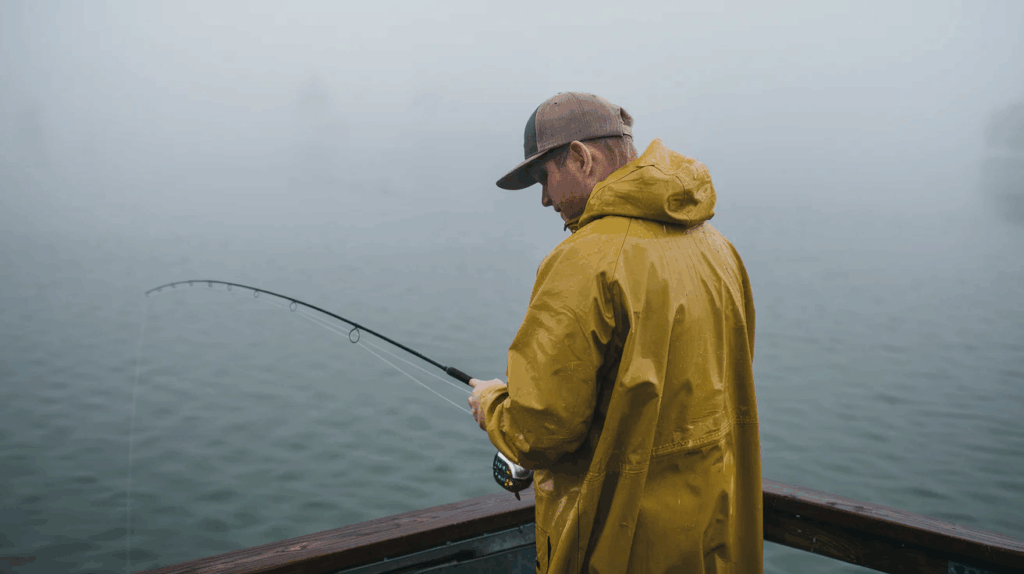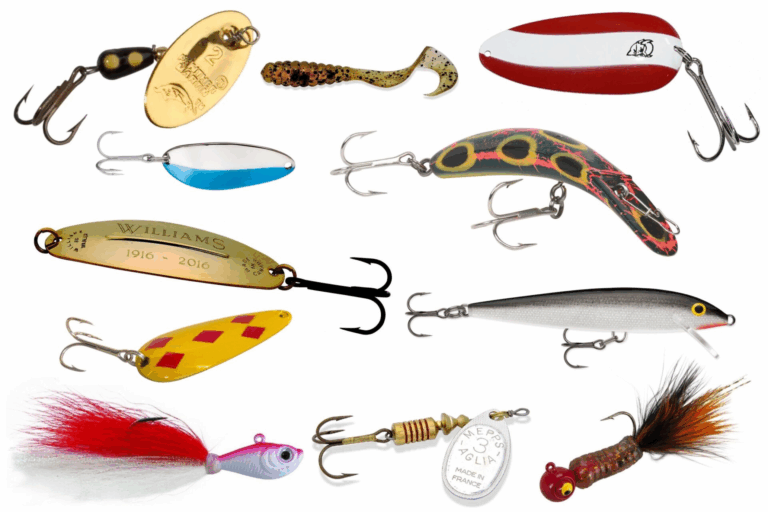The Best Times to Go Fishing: Unlocking Nature’s Secret Schedule
If you’ve ever spent hours on the water with little more than a sunburn and tangled line to show for it, you’ve probably wondered: Is there a better time to do this? The answer is yes — and it’s not just about luck or fancy gear. Timing plays a massive role in fishing success. Fish follow rhythms. Those rhythms are shaped by light, temperature, moon cycles, and even weather. Let’s break down the best times to fish, and why nature seems to favor those specific windows.
1. Sunrise – The Morning Bite
There’s a reason seasoned anglers are often out before dawn: fish are hungry, alert, and ready to feed. As the sun creeps up over the water, something magical happens. The cooler overnight temperatures keep the water fresh, oxygen-rich, and more comfortable for fish, especially in the summer heat.

At sunrise, both saltwater and freshwater species tend to be more active. Light is low, which means fish feel safer leaving cover to search for food. Predators like bass and trout begin hunting baitfish that linger near the surface, making it a prime window for topwater lures or live bait.
Think of it as nature’s breakfast buffet — and you’re serving.
2. Rain – Nature’s Stirring Spoon
Fishing in the rain might not sound ideal, especially if you’re not keen on being wet, but hear this: a light rain, especially in summer, can supercharge your chances.
When it rains, the surface of the water gets stirred up, adding oxygen and dropping the temperature just enough to wake up sluggish fish. This is especially helpful when oxygen levels are low during hot weather. Fish that have been lying still in the depths often move to more shallow zones, lured by the refreshed conditions.
Rain also changes the clarity of the water. Murkier water means fish rely more on vibration and smell to find food, making scented lures and noisy bait particularly effective. Plus, rain disrupts visibility for the fish, so they’re less cautious and more likely to bite quickly.
Don’t be afraid to gear up in a waterproof jacket and embrace a summer downpour — your best catch might be waiting.

3. New Moon – Lunar Boosts
Fish might not read calendars, but they sure track the moon. The lunar cycle has a noticeable impact on fish activity — especially during new and full moons. During these phases, gravitational forces affect tides and water movement, particularly in coastal areas. This increase in flow stirs up the food chain, sparking feeding frenzies.
New moons also create darker nights, which encourage nocturnal feeding. Fish that are usually cautious in bright conditions feel more confident moving around in the low light. Anglers targeting species like catfish or walleye often see better results during these moon phases.
It’s not just about nighttime, either. The periods right before and after the new moon tend to produce what anglers call “major” and “minor” feeding times. These windows, often lasting an hour or two, can feel like flipping a switch — suddenly, everything is biting.
Pro tip: use a fishing lunar calendar or tide app to plan your trips around the moon. Nature’s schedule is often more accurate than the weather forecast.

4. Sunset – The Evening Feast
As the day cools and the sun begins to dip, fish prepare for one last feeding session before dark. Similar to sunrise, the falling temperatures and softer light make fish more confident and mobile.
Sunset is a prime time for predator fish. They use the fading light as camouflage to ambush prey. Topwater and shallow diving lures work especially well at dusk. It’s also a great time to try fly fishing or use natural bait like worms or minnows near the shore.
Oxygen levels begin to stabilize again in the evening, encouraging movement. For anglers fishing lakes or rivers after a hot day, the drop in surface temperatures can make all the difference. It’s a calmer, quieter part of the day — not just for you, but for the fish too.
If you’re someone who enjoys golden hour photography, sunset fishing offers the best of both worlds: beauty and bites.

Honorable Mentions: Don’t Ignore These
While the four times above are the major players, there are other factors that influence a good fishing day:
- Cloudy Days: Overcast conditions reduce light penetration, making fish more likely to roam and feed throughout the day.
- Just Before a Storm: Pressure drops right before a storm can trigger fish to feed aggressively — but time it right, and stay safe.
- Seasonal Transitions: Spring and fall bring water temperature shifts that often coincide with spawning or pre-winter feeding.
Closing Thoughts: It’s About Rhythm, Not Luck
Fishing is often seen as a game of patience, but the truth is: successful anglers aren’t just patient — they’re strategic. Understanding the natural rhythms of fish behavior gives you the upper hand. It’s not about how long you’re on the water, but when you’re there.
So, before your next trip, take a look at the forecast, check the moon phase, and consider whether sunrise or sunset suits your schedule. Rainy summer afternoon? Don’t cancel — lean into it.
Nature always leaves clues. And when you learn to read them, the fishing gets a lot better.
Sources & Tools to Help You Plan Better Fishing Times:
- Salty Scales
- Solunar Forecast apps (like Fishing Points, Fishbrain)
- Local tide charts and weather radar tools
- Your own fishing journal — track what works
Happy casting — and may your line always stay tight.


